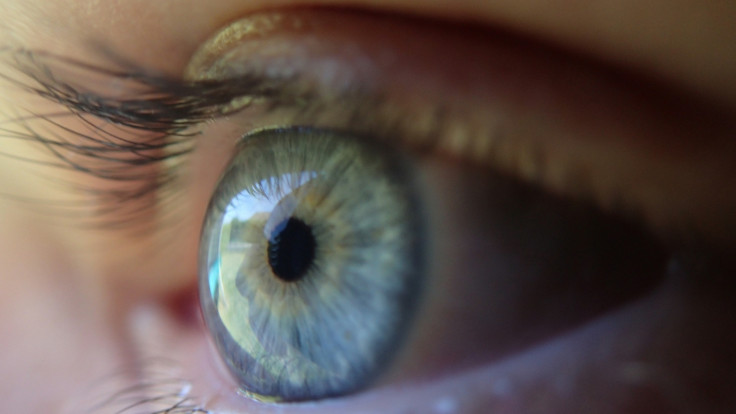Bionic eye that promises human-like vision could innovate robotics and medical industry
While there are still improvements to be made, researchers propose that newer versions could serve as bionic replacements for people who have vision problems.
Over the years, the robotics industry has grown by leaps and bounds. Thanks to advancements in artificial intelligence (AI) and machine learning, modern automated machines are inching closer to match the capabilities of humans. As it stands right now, robots used in casual or industrial scenarios occasionally rely on visual input provided by cameras. It might soon change as a team of experts have reportedly developed an electronic eye that could potentially be used by the visually impaired in the future.
Hong Kong University of Science and Technology researchers are calling it the ElectroChemical Eye. Constructed on a similar scale and form as its biological counterpart the work that went into this is quite elaborate. After probably studying the intricacies of how the human eye works, the engineers appear to have replicated its functions in a mechanical and digital form.
Nicknamed the EC-Eye for short, the sensitive components are housed within an aluminium shell, as reported by the Independent. Just like the iris, the front-facing section sports a lens which draws light into the assembly. Similar to the concept of how the human eye focuses light into the retina, the lens projects it to a collection of photo-sensitive nanowire sensors. Everything is then converted into data which a computer then translates into an image.
In tests conducted within controlled conditions in a laboratory, the artificial eye in tandem with a special algorithm could purportedly identify letters such as E, Y, and I. While there are still improvements to be made, the researchers propose that newer versions could serve as bionic replacements for people who have vision problems. Furthermore, robots that traditionally use conventional cameras could also benefit from the technology down the line.

Documents provided by the team state: "Biological eyes are arguably the most important sensing organ for most of the animals on this planet." They likewise added that "mimicking human eyes, artificial vision systems are just as essential in autonomous technologies such as robotics. In its current form, the EC-Eye is limited by its low-resolution limitation. However, some of the upgrades planned include improved visual fidelity, night vision, and more.
© Copyright IBTimes 2025. All rights reserved.





















